Audi has announced that it will be building a battery-electric SUV from 2018.
The model will be badged as the Q6, and will take heavy influence from Audi's e-tron quattro concept that was revealed at the Frankfurt motor show last year.
The carmaker has confirmed that the new model will use three electric motors and a quick charging, high‑capacity battery to "offer a maximum of sportiness, driving dynamics and efficiency". It is claimed to be capable of eeking out more than 500 kilometres (311 miles) from a single charge.
The Q6 will be built from 2018 at Audi's Brussels production plant. Its batteries will also be created in-house at this location.
In order to make space for the new SUV, production of the Audi A1 is being moved from Brussels to Seat's facility in Martorell in Spain. Audi chair Rupert Stadler said of the move: “The new model distribution will enhance our production efficiency and strengthen all of the sites involved. It will allow us to utilise further synergies within the Volkswagen Group and to bundle key competencies".
No more details have been revealed, but Audi's promise that the e-tron quattro concept provides a clear glimpse means we can expect some traits to be carried over. Greg Kable looks over that car in more detail below.
Sam Sheehan
Audi e-tron quattro concept
When the e-tron quattro concept was revealed at the 2015 Frankfurt motor show, Luca de Meo, Audi’s sales and marketing boss, told Autocar that the electric model will “cost about the same as a well-specced Audi A6”. That suggests it will appear at a price point of at least £60k.
“We are very confident the car will find buyers,” said de Meo. “As batteries and battery management technology improves, cars like this become more viable. I see myself driving a car like this.”
He added that the market space in which the car will appear is believed to be a “sweet spot” for electric cars. The model is big enough to house the battery pack and in a price range where people can afford the technology without being so expensive that it does not sell in large volumes.
The concept provides a preview to the appearance, size and technical features of the all-electric Q6 e-tron model that will rival the forthcoming Tesla Model X.
The e-tron-quattro sports a bold new design that suggests future electric models from Audi will have their own aerodynamically optimised look. It draws on the latest developments in lightweight construction, aerodynamics, battery technology and electric drive systems to provide the performance to challenge the fastest of Audi's existing petrol, diesel and electric SUV models whilst delivering a claimed zero-emission range of up to 311 miles.

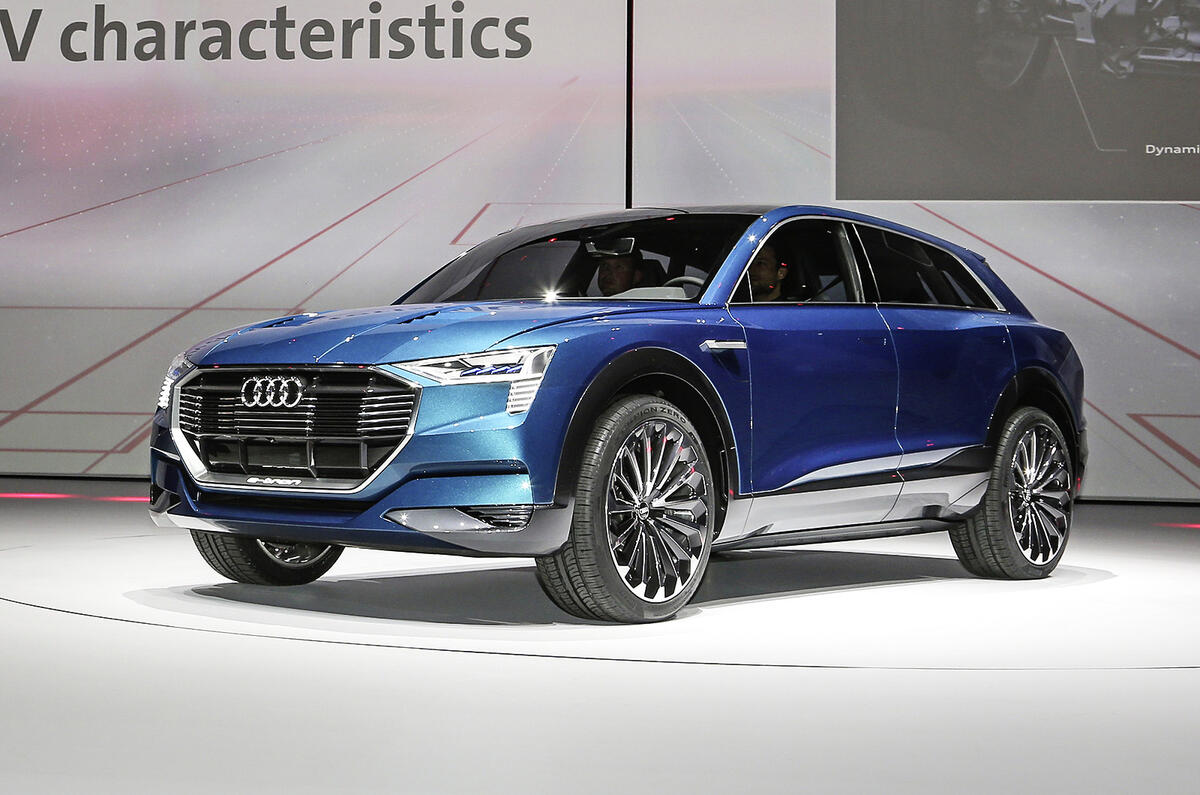
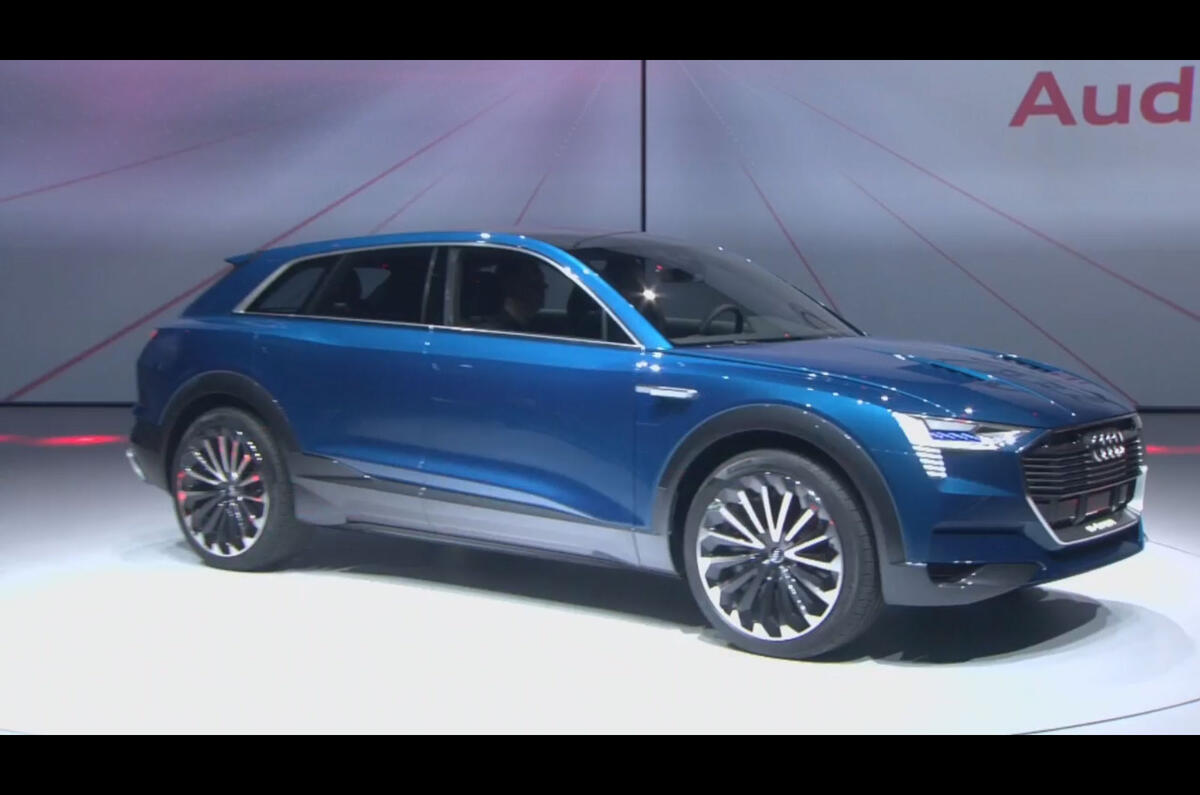
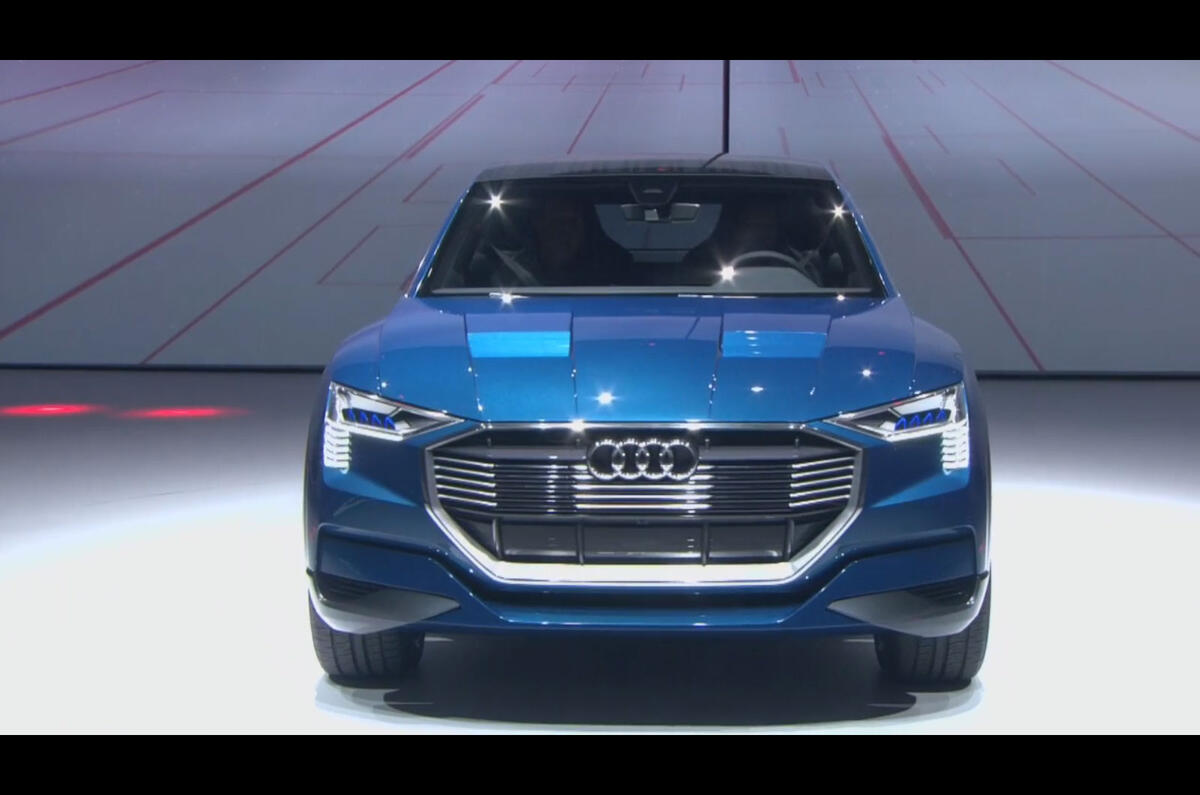
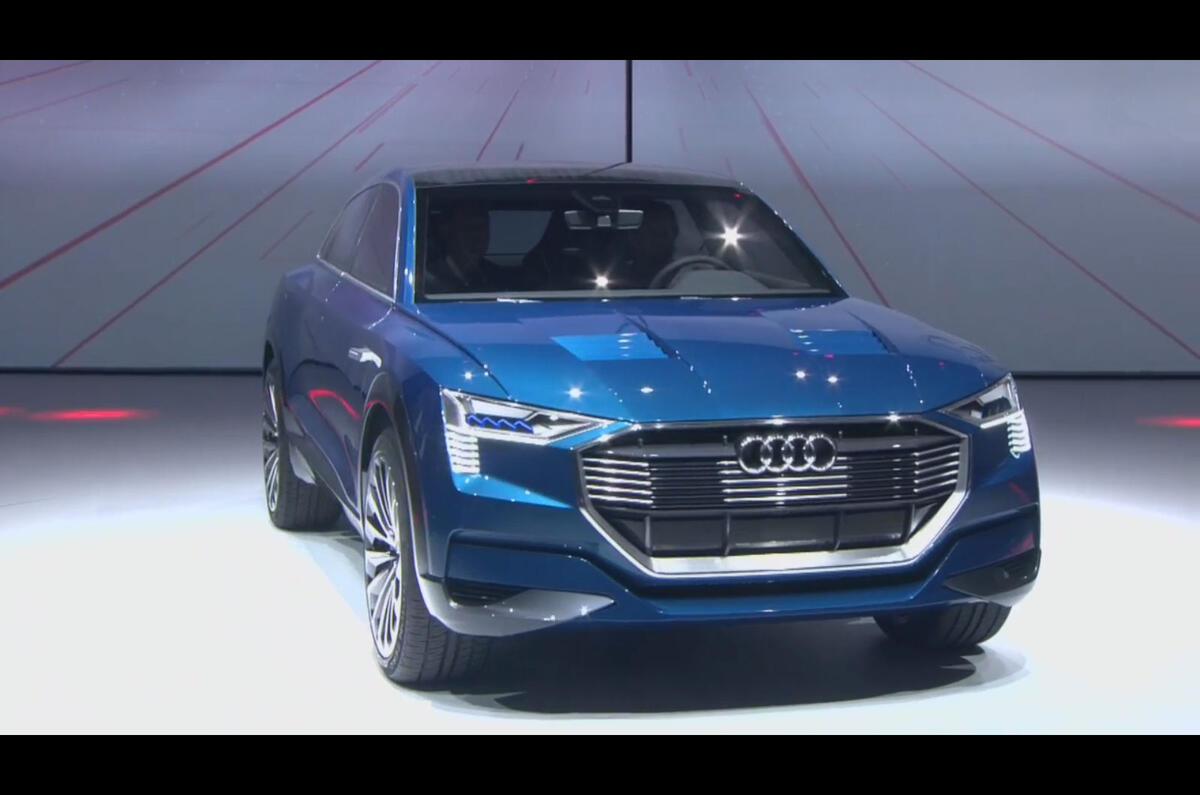
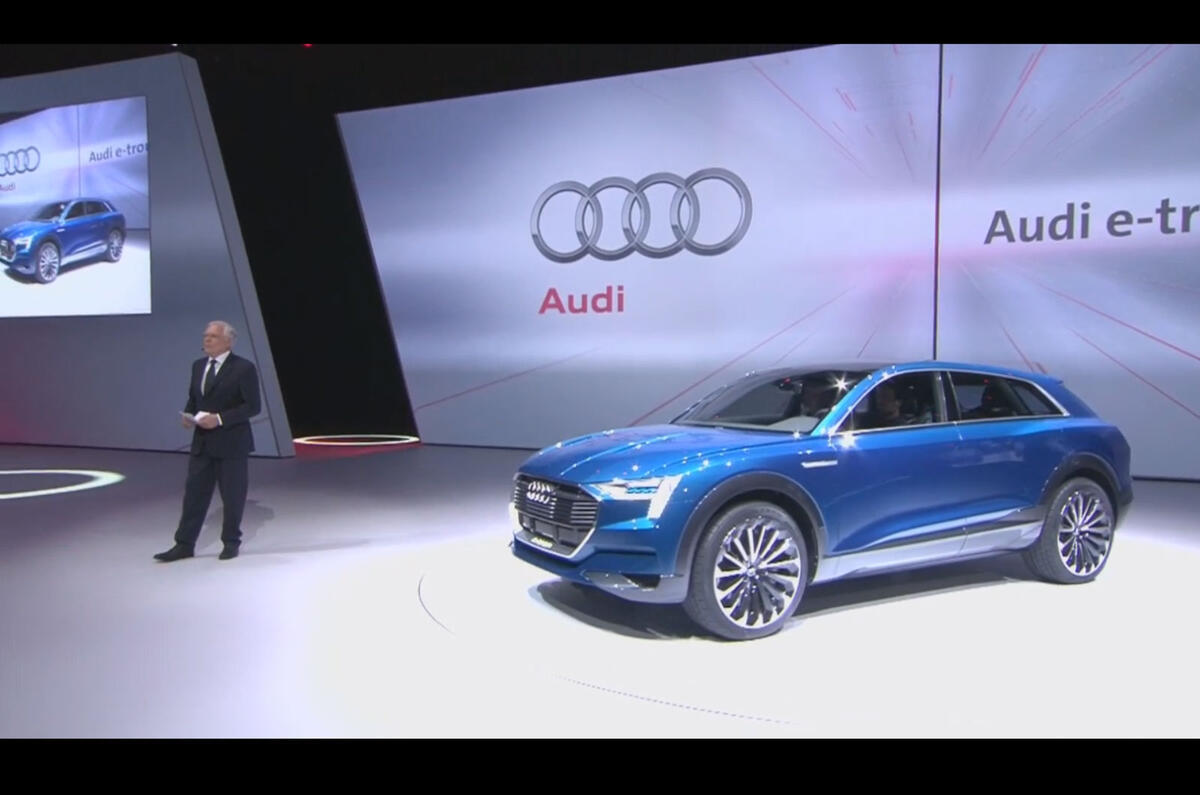
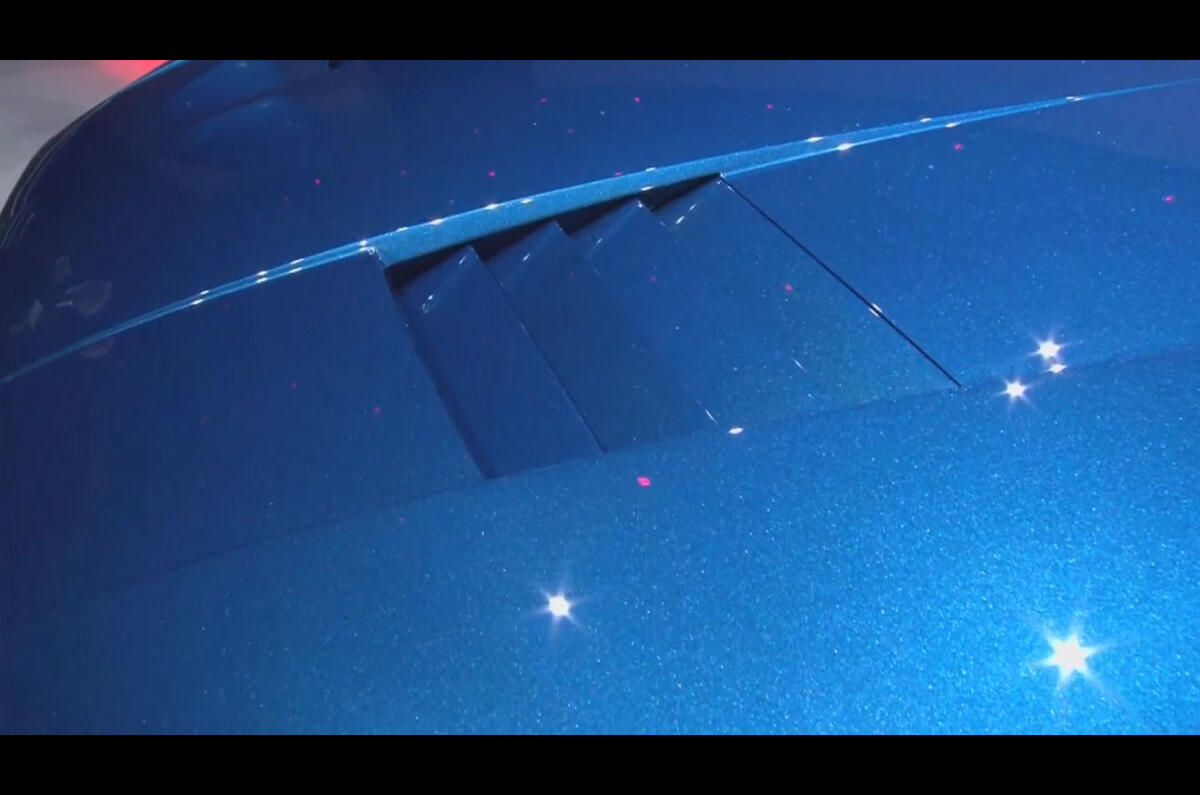

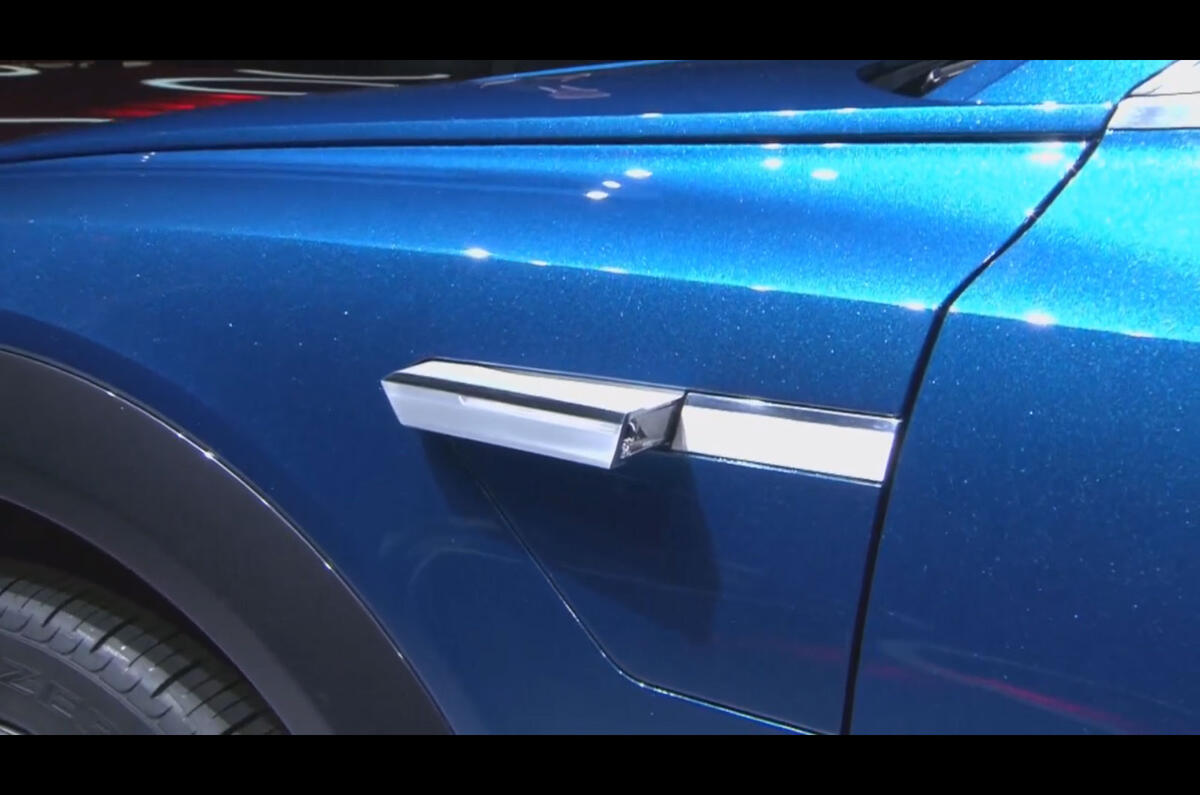
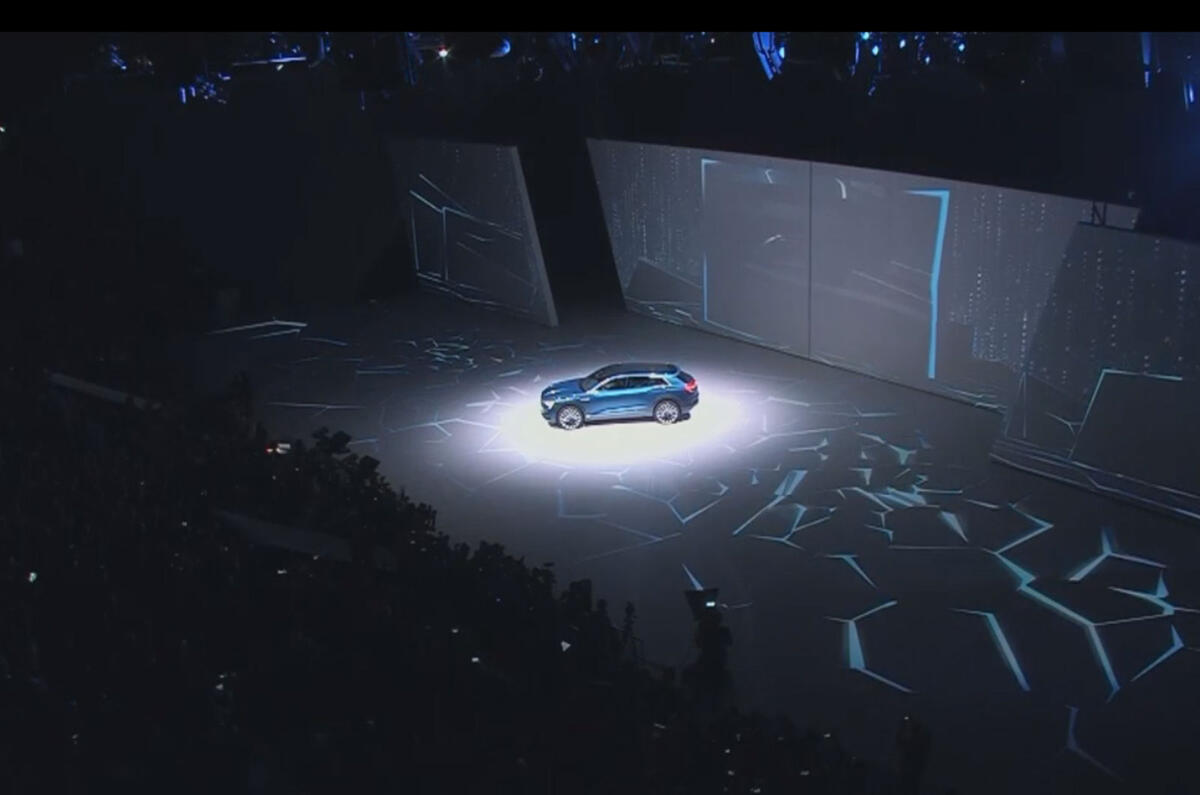
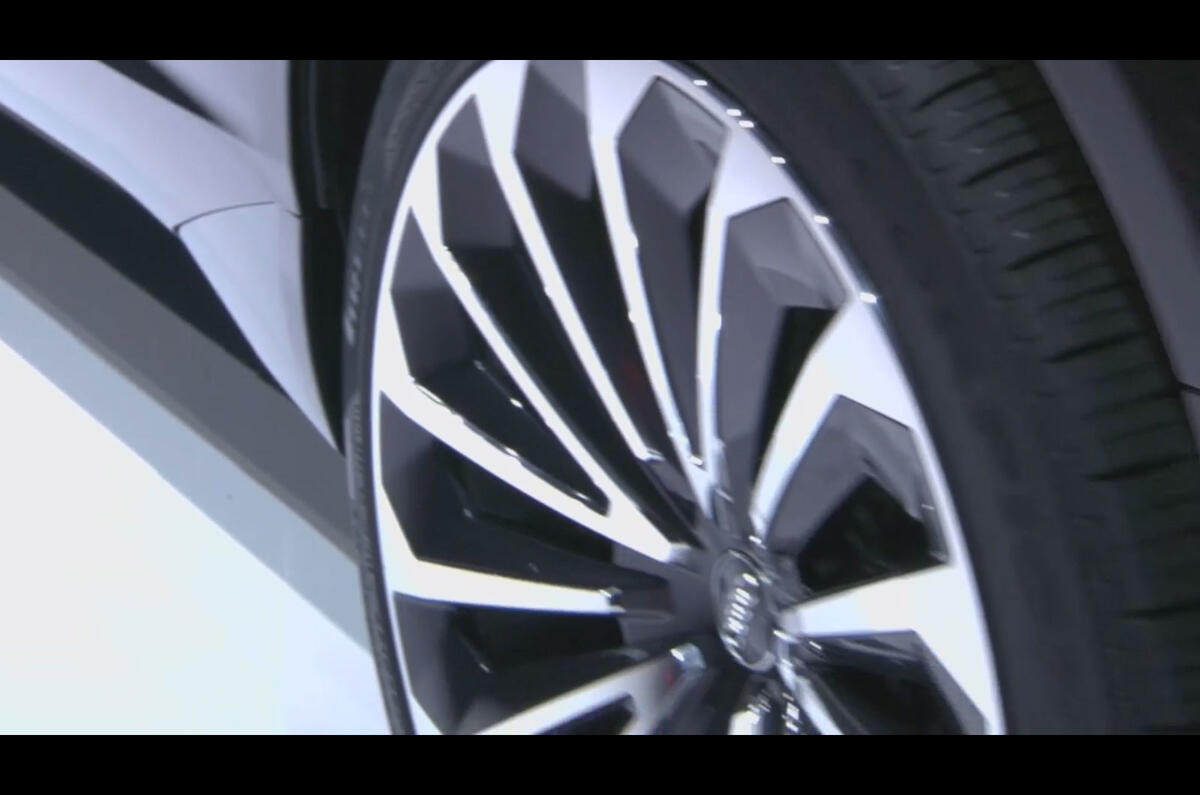
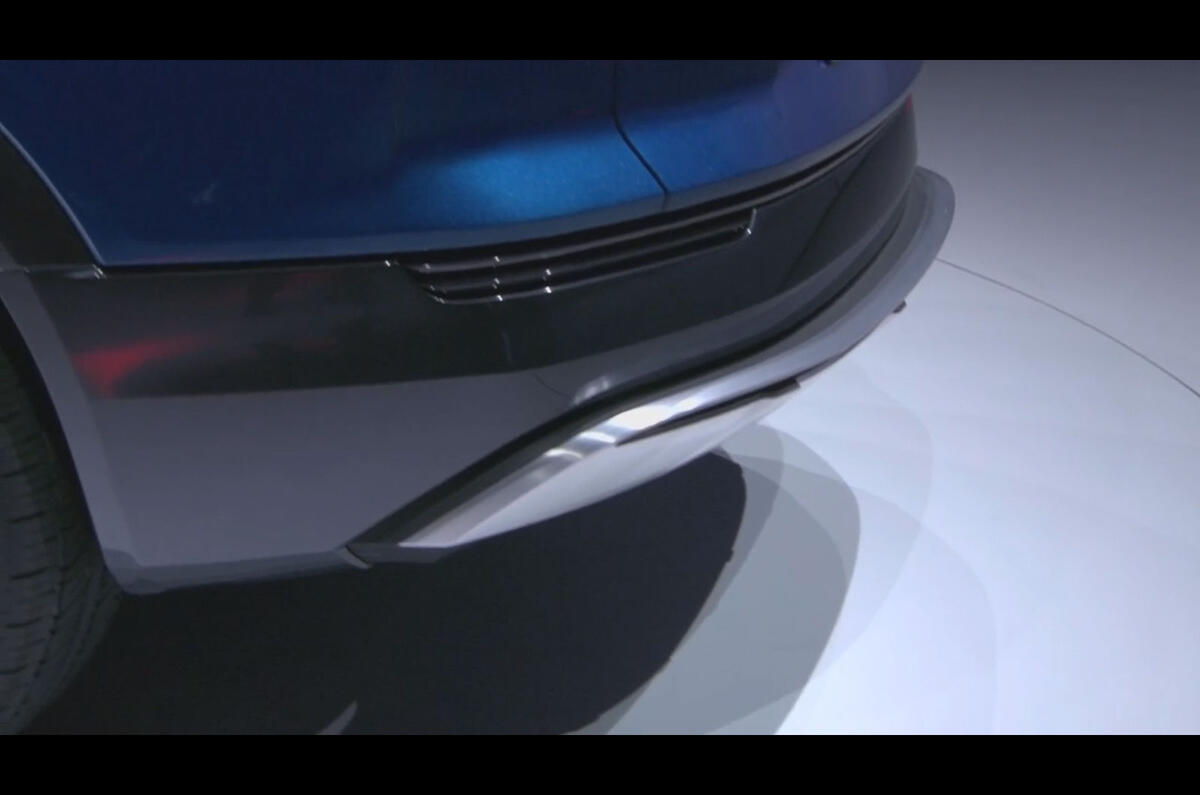
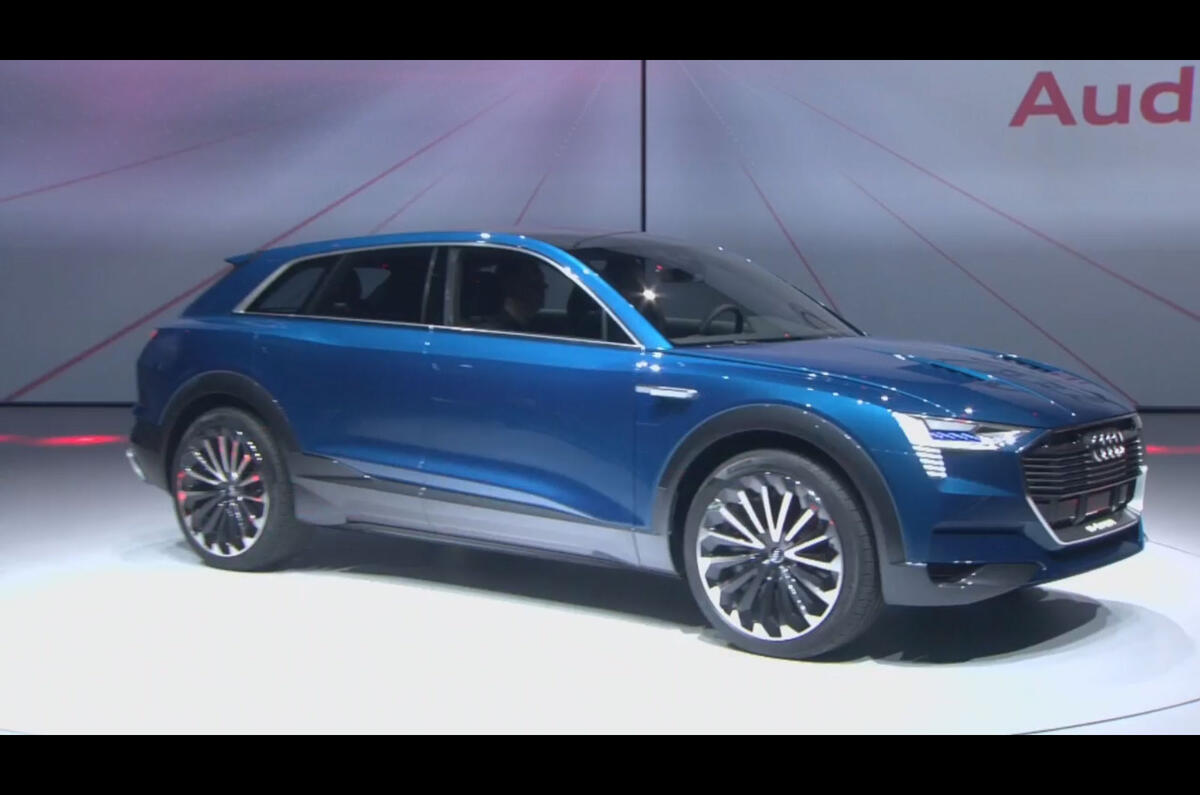
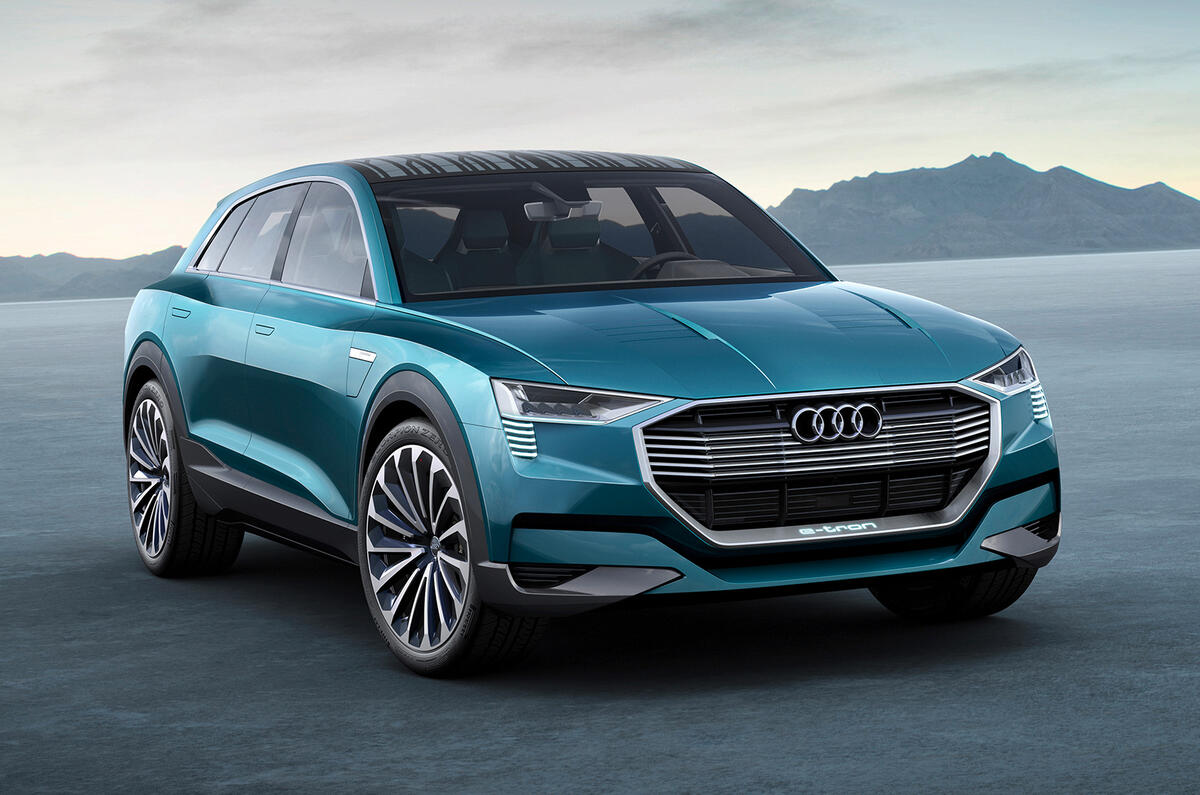
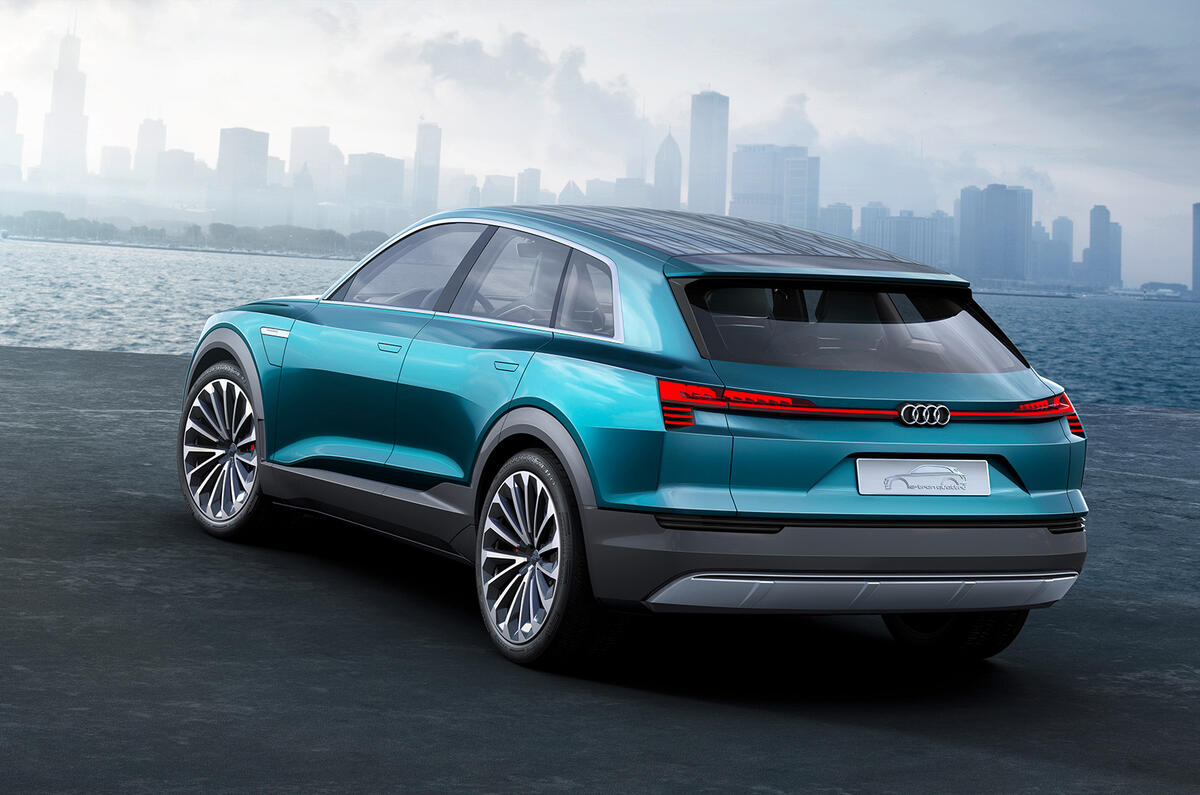
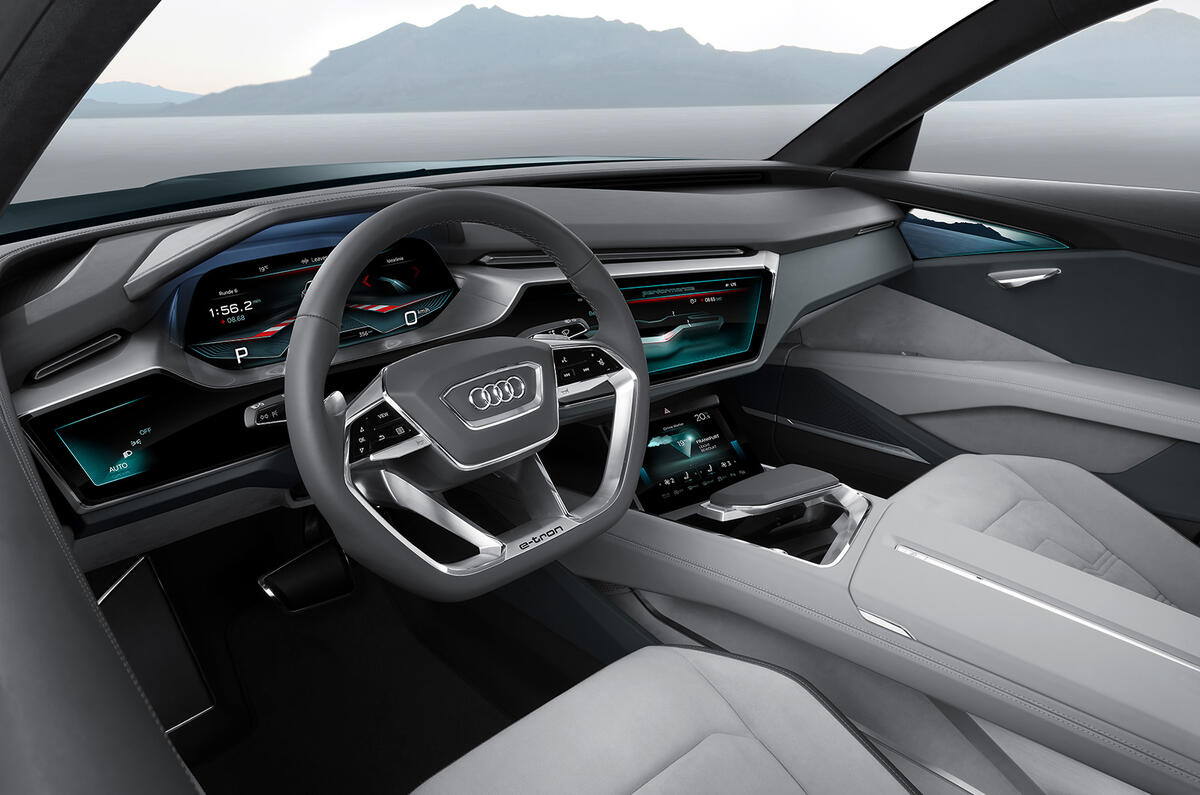
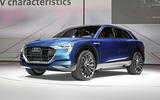
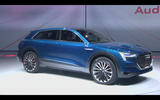
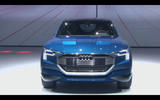
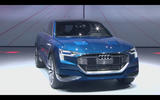
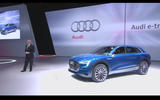

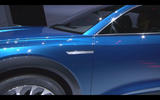
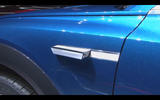
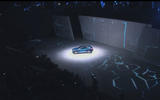
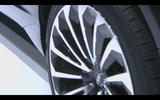
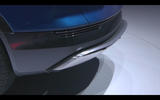
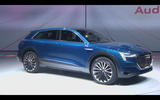
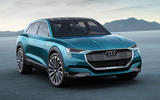
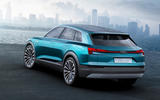
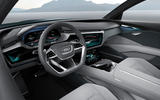



Join the debate
Add your comment
Oh dear!
bargain
Cd of 0.25 is all very well...